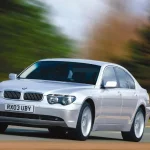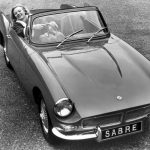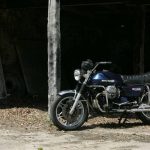Welcome to Freeze Frame, our look back at moments from this week in automotive history.
19 May 1935 – Adolf Hitler opens Frankfurt-Darmstadt autobahn
Grand projects are a frequent calling card of authoritarian leaders. Whether enormous pyramids, colossal statues, or physical barriers between neighbouring countries, their size and expense are implied to be in direct correlation with the power of those that greenlit them, and a powerful propaganda tool for keeping one’s subjects on-side.

So it was for the autobahn, the very first stretch of which, between Frankfurt and Darmstadt, was opened by the Third Reich on May 19, 1935.
While motorways had come before – notably a stretch of autostrada in Italy that opened in 1924 – the Reichsautobahn would be admired not just in Germany but the world over, even influencing the postwar interstates of America. A perfect tool then, for projecting a country’s power and mobility.
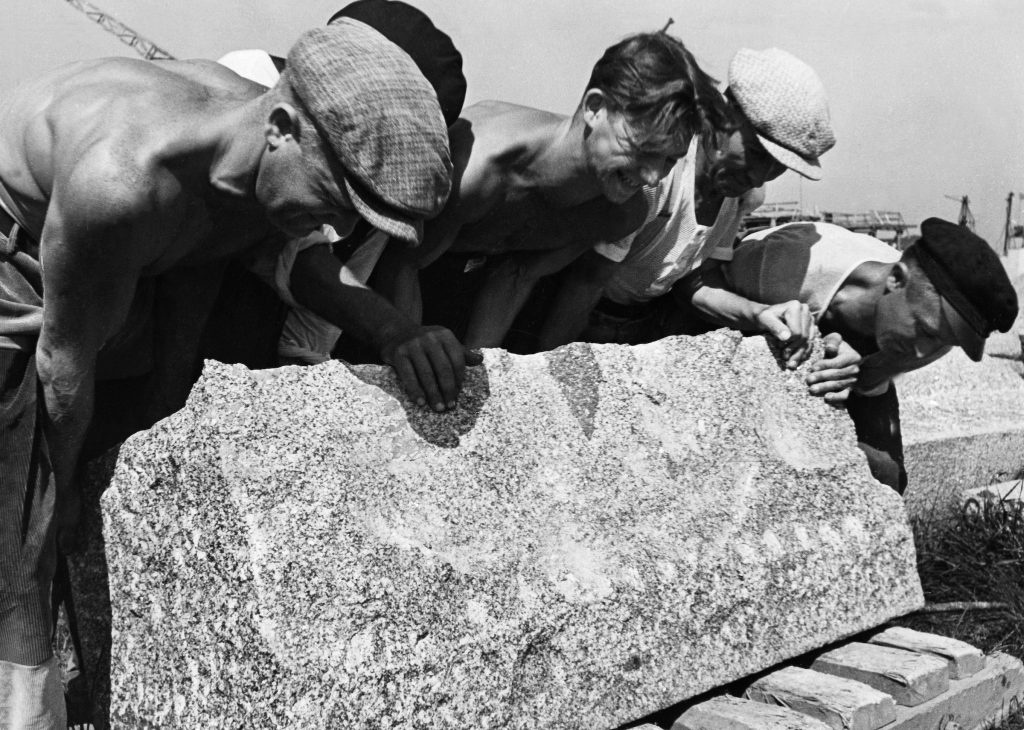
It didn’t start out that way however. Before the Nazi Party came to power in 1933, it had decried the original autobahn project proposed in 1926 as a sop to the wealthy rather than something for the people, but after 1933 the party’s tune changed quickly, leader Adolf Hitler drawing comparisons between the proposed road network and the importance of railways in the previous century.
In a predictable stroke of propaganda, it didn’t take long before the idea was presented as Hilter’s own, a myth propagated by the lead engineer for the project, Fritz Todt. First ground was broken in 1933 – a perfect photo opportunity for the Führer, whose commitment Todt further embellished with claims his digging efforts were no mere symbolism.
Construction began in earnest in 1934, and while the initial 14-mile stretch ran behind schedule, it was ready for inauguration by May 1935. As numerous images from the day show, this too was a powerful propaganda tool for the Reich. A cavalcade of Mercedes ran down either side of the four-lane divided highway, led by Hitler himself, while the bridges and verges are lined with people.
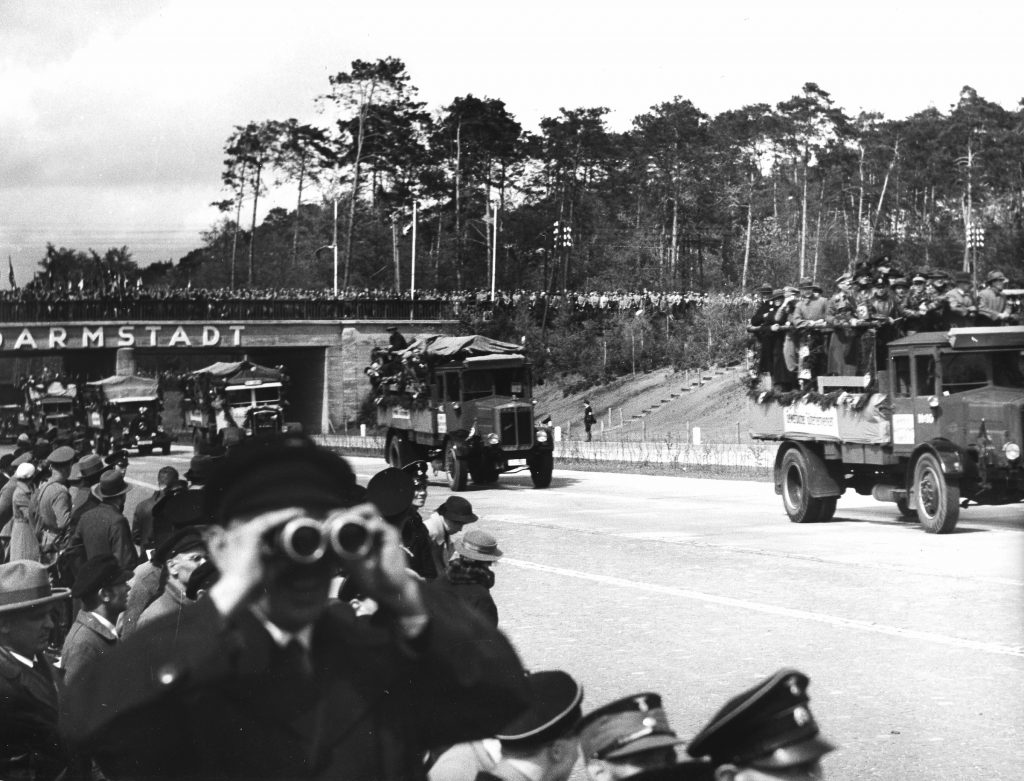
Autobahn fever didn’t stop there; by the end of the year 67 miles of road had been constructed, and by September 1936 the first 1000km (621 miles) had been completed, though the relentless pace of work and poor conditions for those constructing the roads often proved fatal. Roads eventually extended into Austria and Czechoslovakia, while autobahn suitability was even built into Ferdinand Porsche’s Volkswagen – designed for a sustained 100km/h (62mph) cruise and 39mpg on the new road network.
Construction continued during the Second World War and persisted after it, forming the basis of Germany’s modern road network. Modern autobahns are now valued for being one of few places in the world you can shrink long car journeys with sustained – and legal – high speeds.
But perhaps a greater legacy was that the efficient network was used as a model for similar postwar projects elsewhere – such as the US Interstate network proposed by President Dwight D. Eisenhower in 1956. Much like the Volkswagen quickly became a counterculture icon, the autobahn has been reclaimed as a symbol of freedom, rather than one of the power of those who created it.
Also read
Freeze Frame: Farina wins first F1 championship race
Buying Guide: Volkswagen Beetle (1938-2003)
Smart motorways called into question – again

